Welding is an incredibly rewarding and fulfilling career, but it also comes with its fair share of hazards. From harmful fumes to flying sparks, we face numerous risks daily. To protect ourselves and ensure a long, successful career in this industry, it’s crucial to understand and use the proper safety equipment.
In this guide, I will share my knowledge and expertise on the essential safety equipment every welder should have. We’ll discuss welding helmets, gloves, jackets, safety glasses, respirators, boots, ear protection, and fire extinguishers in detail.
By understanding the features and benefits of each piece of equipment, you can make informed decisions and create a safe working environment for yourself and your fellow welders. So let’s dive in and explore the world of welding safety equipment, ensuring a secure and prosperous welding journey for you.
Welding Helmet
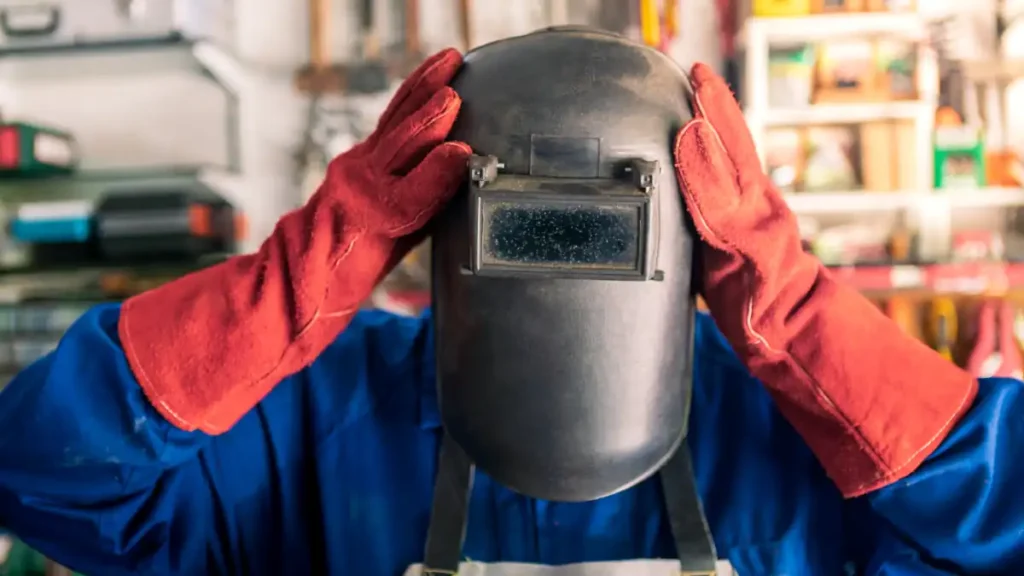
A welding helmet is one of the most crucial pieces of safety equipment for a welder. It protects your face and eyes from harmful UV and infrared radiation, sparks, and spatter that can cause severe burns or even blindness. When selecting a welding helmet, consider the following:
- Auto-darkening lens: This feature allows the lens to automatically darken when you strike an arc, enabling you to see your work clearly without lifting the helmet constantly. It improves efficiency and reduces the risk of accidents.
- Shade range: Make sure the helmet has an adjustable shade range to accommodate various welding processes and light intensities.
- Comfort and fit: A comfortable, well-fitting helmet ensures you can wear it for extended periods without discomfort. Look for adjustable headbands and padded interiors for a secure and comfortable fit.
Welding Gloves
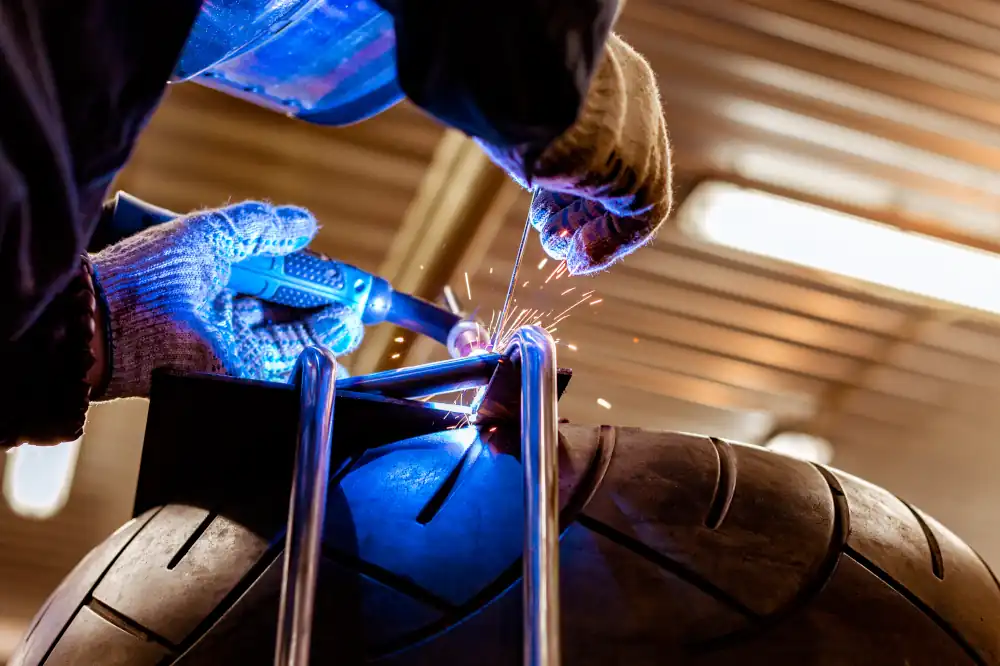
Welding gloves play a vital role in protecting your hands from heat, sparks, and spatter. When choosing welding gloves, consider the following factors:
- Material: High-quality materials like leather, Kevlar, or other flame-resistant fabrics are essential for durability and protection. Different materials suit various welding processes, so choose gloves designed for your specific needs.
- Dexterity: Ensure the gloves allow sufficient dexterity for precise welding tasks without compromising protection.
- Fit and comfort: Look for gloves with a snug fit and adjustable cuffs to prevent debris from entering.
Welding Jacket or Apron
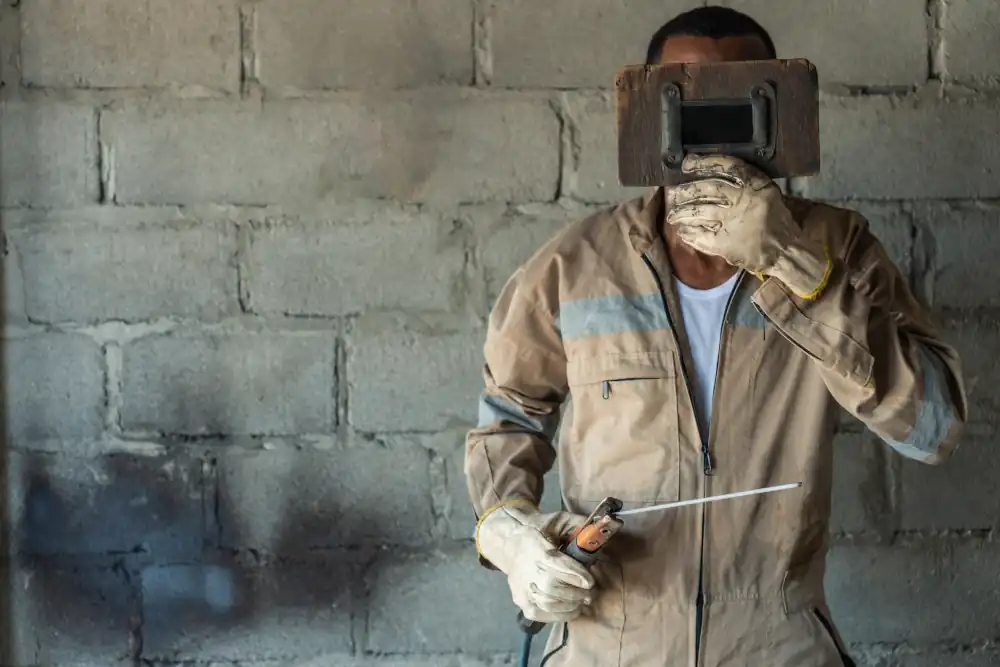
A flame-resistant welding jacket or apron is necessary to protect your body from heat, sparks, and spatter. When selecting a welding jacket or apron, consider the following:
- Material: Choose materials like leather, flame-resistant cotton, or other protective fabrics that provide a balance between comfort and protection.
- Fit: Make sure the jacket or apron is well-fitting but doesn’t restrict your movement.
- Ventilation: Look for jackets or aprons with ventilation features to prevent overheating during extended welding sessions.
Safety Glasses
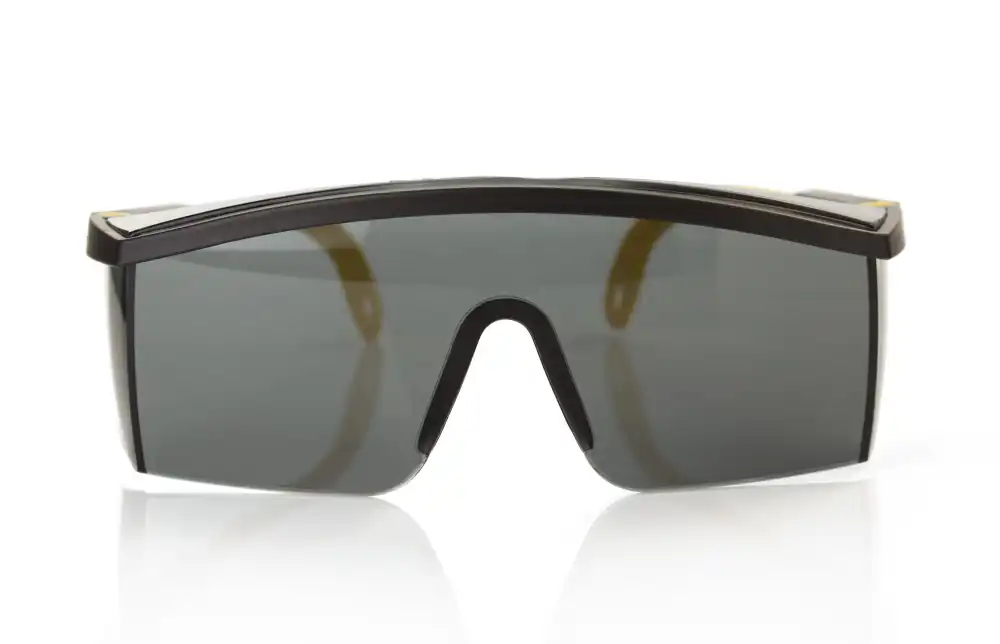
Safety glasses with side shields are essential to wear under your welding helmet to protect your eyes from flying debris and particles during grinding, cutting, or other tasks. Consider the following when selecting safety glasses:
- Impact resistance: Choose glasses with polycarbonate lenses, which are impact-resistant and provide protection against flying debris.
- UV protection: Ensure the glasses have a high level of UV protection to shield your eyes from harmful radiation.
- Anti-fog coating: This feature prevents your glasses from fogging up, ensuring clear vision while working.
Respirator
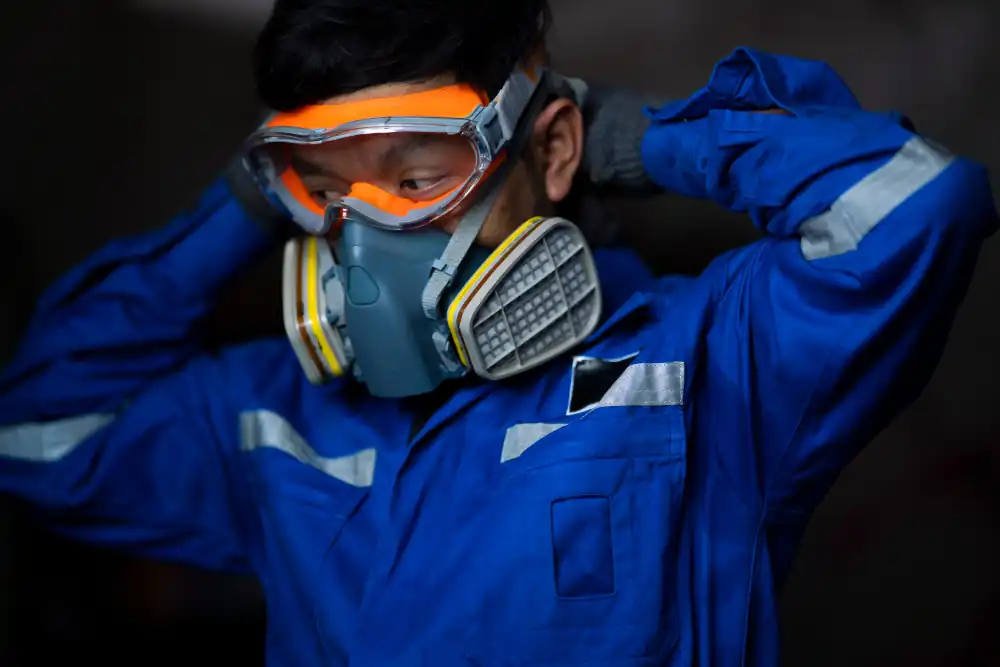
Welding can generate harmful fumes and gases that can damage your lungs. A respirator is vital to protect your respiratory system. When selecting a respirator, consider the following:
- Type: Choose a respirator designed specifically for welding, with filters capable of handling the fumes produced by your welding process.
- Fit: Ensure the respirator fits securely and comfortably on your face, forming a tight seal to prevent fumes from entering.
- Maintenance: Regularly check and replace filters according to the manufacturer’s recommendations to maintain optimal protection.
Welding Boots
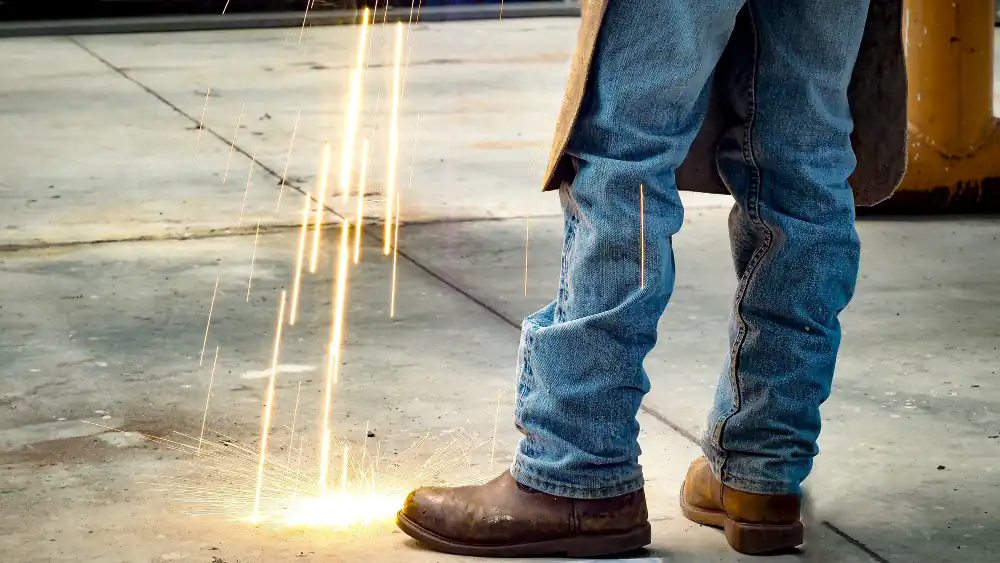
Sturdy, steel-toed welding boots protect your feet from falling objects, sparks, and hot metal. When choosing welding boots, consider the following:
- Material: Look for boots made from heat-resistant and flame-resistant materials like leather.
- Steel-toe protection: Steel-toed boots provide essential protection against impact and compression injuries.
- Slip-resistance: Ensure the boots have slip-resistant soles to prevent accidents on wet or slippery surfaces.
Ear Protection
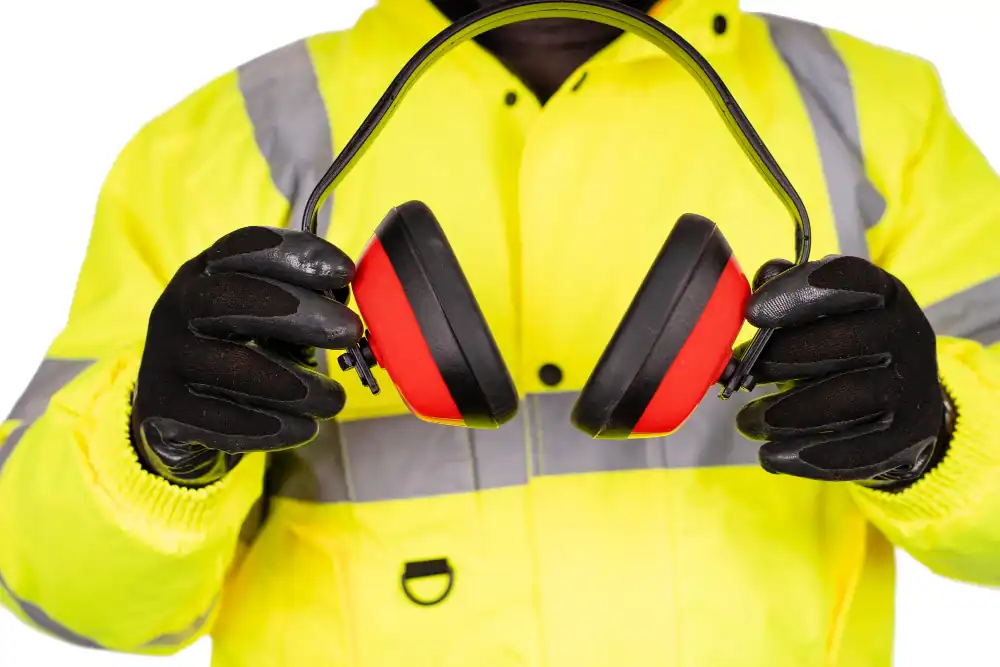
Welding can be noisy, and wearing earplugs or earmuffs is essential to protect your hearing. When selecting ear protection, consider the following:
- Noise Reduction Rating (NRR): Choose ear protection with an appropriate NRR for your work environment. The higher the NRR, the more noise reduction provided.
- Comfort: Look for comfortable options like foam earplugs or padded earmuffs that can be worn for extended periods without causing discomfort.
- Type: Earplugs and earmuffs both offer varying levels of protection. Choose the type that best suits your needs and preferences.
EXTRA: Fire Extinguisher
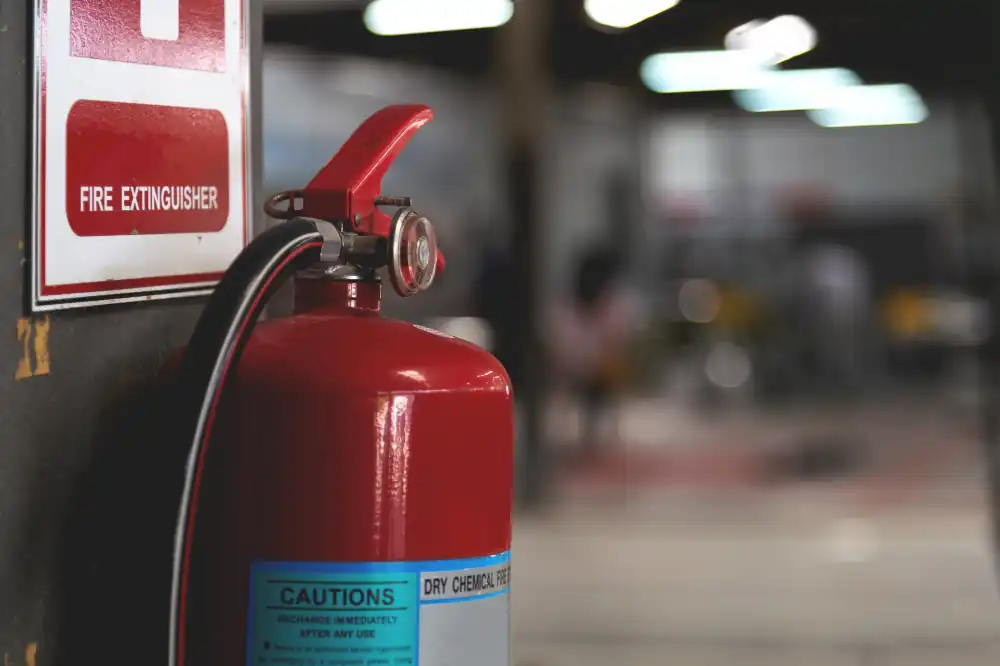
Having a fire extinguisher nearby is crucial in case of emergencies. Welding can sometimes cause sparks that could ignite flammable materials. When selecting a fire extinguisher, consider the following:
- Fire Class: Make sure the fire extinguisher is rated for the types of fires that can occur in a welding environment. Typically, a Class B or C extinguisher is suitable for welding-related fires.
- Size and capacity: Choose an extinguisher with sufficient capacity to handle fires in your work area. Consider the size of your workshop and the potential fire hazards.
- Location: Place the fire extinguisher in a visible and easily accessible location, ensuring all workers are aware of its position.
Conclusion
In conclusion, I can attest to the critical role that safety equipment plays in our everyday work.
By investing in and properly utilizing welding helmets, gloves, jackets, safety glasses, respirators, boots, ear protection, and fire extinguishers, you’ll significantly reduce the risk of accidents and injuries in the workshop.
Remember that your safety, as well as the safety of your coworkers, should always be your top priority.
Moreover, keep yourself updated with the latest safety standards and best practices, and never hesitate to ask for advice from experienced welders or consult the welding machine’s operating manual.
The world of welding is vast and rewarding, but it requires diligence and attention to safety measures to ensure a long, successful career.
Embrace the knowledge shared here, and you’ll be well on your way to becoming a responsible and skilled welder. Stay safe and happy welding!

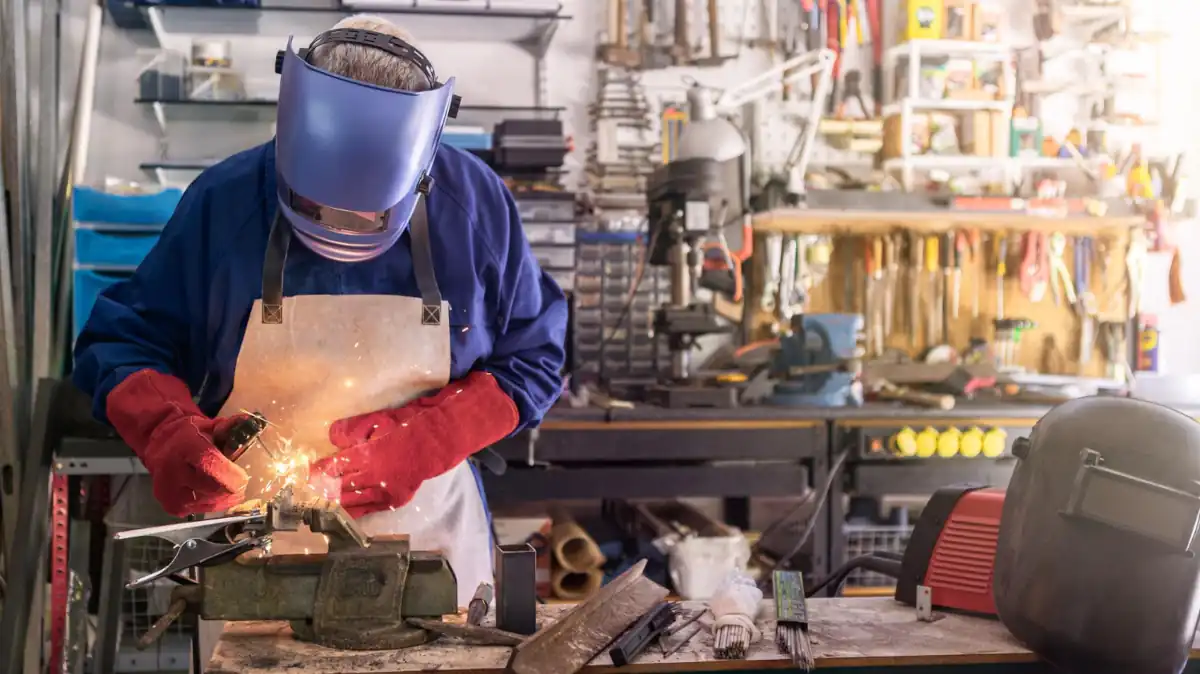
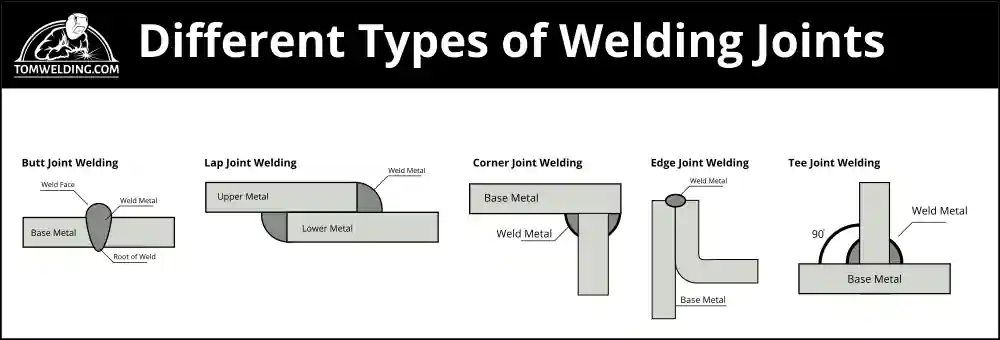
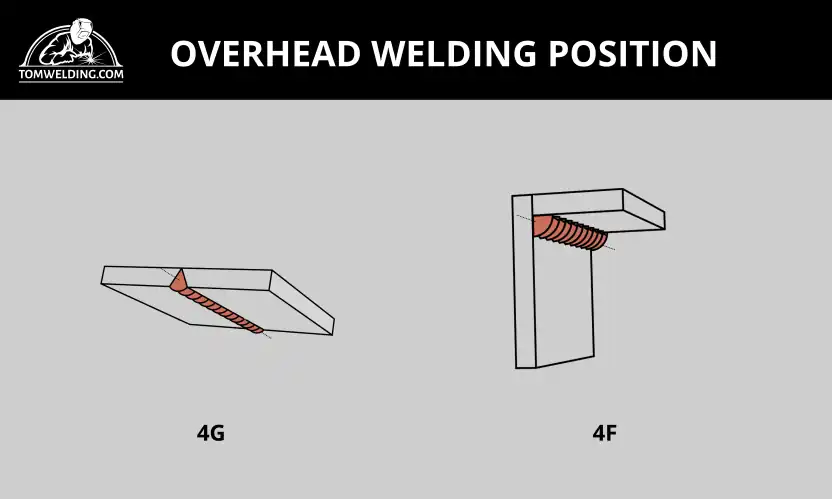
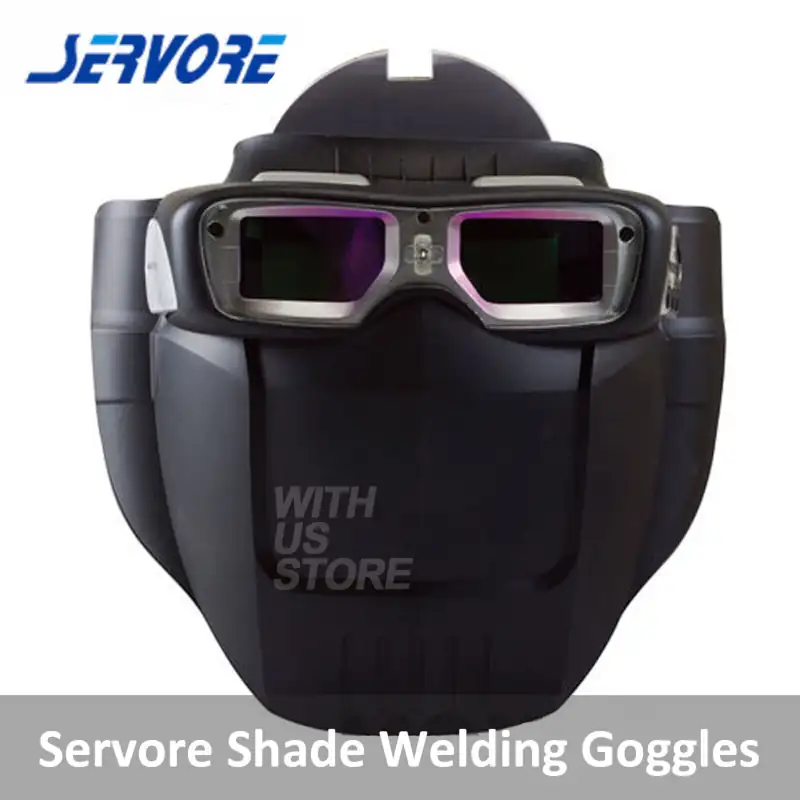
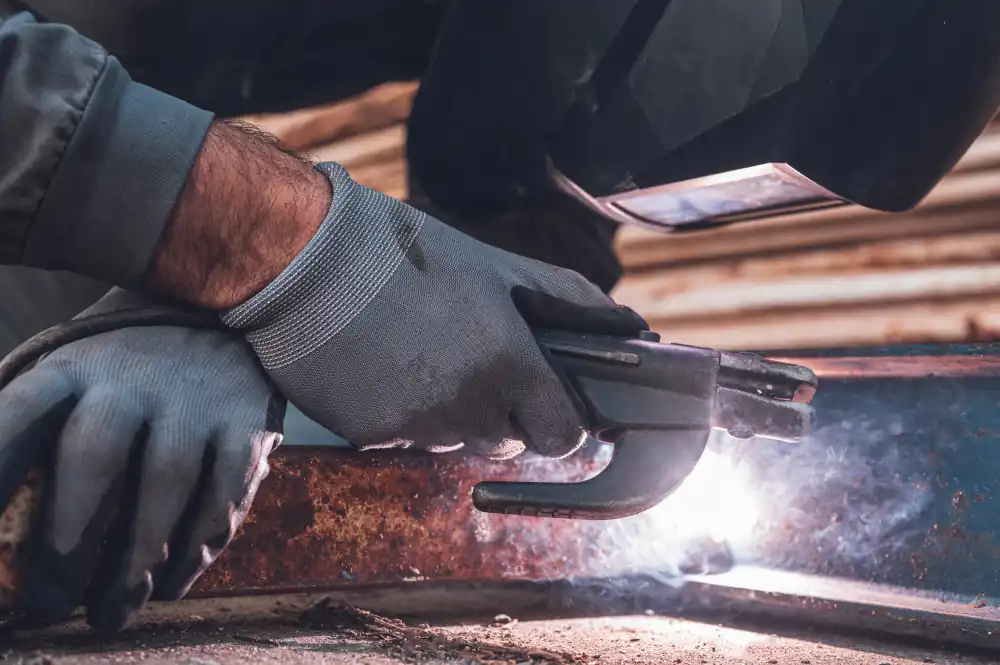

1 thought on “7 Welding Safety Equipment for Welder”